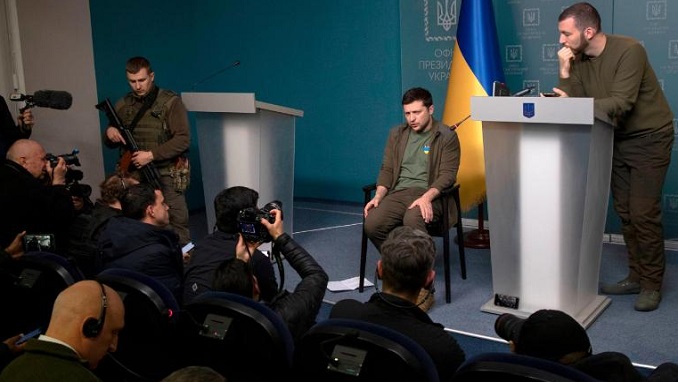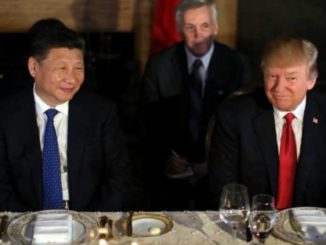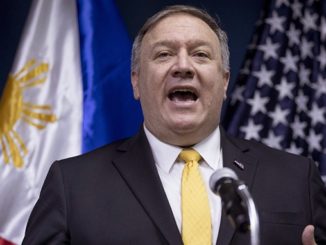
Western bias in the media as well as how refugees and victims of war are treated has been massively exposed by the Ukraine conflict.
In the media, the Middle East found itself dragged into international coverage of the Russian-Ukraine conflict, with journalists quickly making comparisons. Some of these comparisons received immediate backlash.
CBS News foreign correspondent Charlie D’Agata, for example, said of Ukraine that it was not a place “like Iraq or Afghanistan that has seen conflict raging for decades,” claiming that Ukraine was “relatively civilized,” therefore insinuating that Middle Eastern countries were somehow “uncivilized.”
Other news outlets poured on sympathy for Ukrainian refugees and victims, pointing inexplicably to their skin color, religion, and class. White, Christian, blonde-haired, blue-eyed, middle-class refugees — this is the picture that was painted of the Ukrainian crisis, and in direct comparison to crises in the Middle East.
Executive director of the Arab Reform Initiative Nadim Houry said that parts of the media coverage showed the ignorance that refugees from other parts of the world face.
It is not only in the media that there has been a stark contrast between how refugees and victims of war are treated.
In the Middle East, 12 million Syrian refugees have been uprooted by war. Experts have highlighted the grim contrast between the treatment of and reaction to Arab refugees versus Ukrainian refugees.
More than one million Ukrainian refugees have already left the country, with millions more expected. The European Union is quickly preparing measures to offer temporary residence permits as well as provide access to employment and social welfare.
Syrian refugees, among others, did not get this treatment. Early 2021 marked a full decade since the war in Syria began. Since then, EU states have taken in one million Syrian refugees and asylum seekers. It took months, years, for a deal to be struck. For Ukrainian refugees, the welcome was immediate.




Be the first to comment